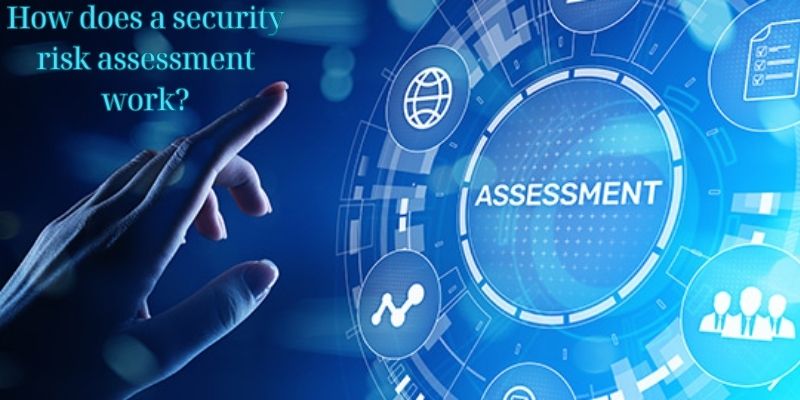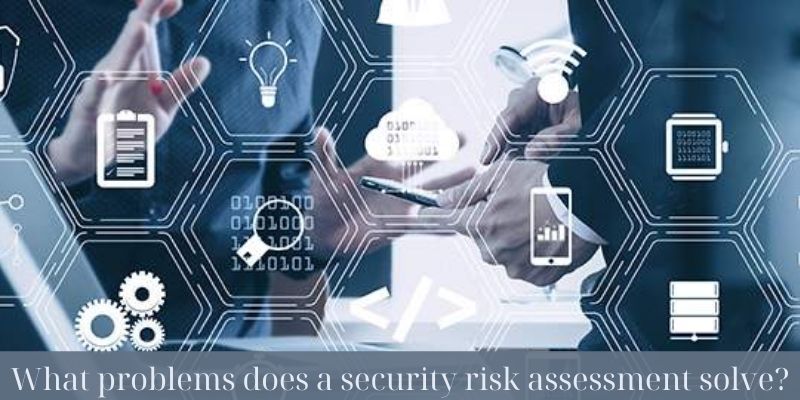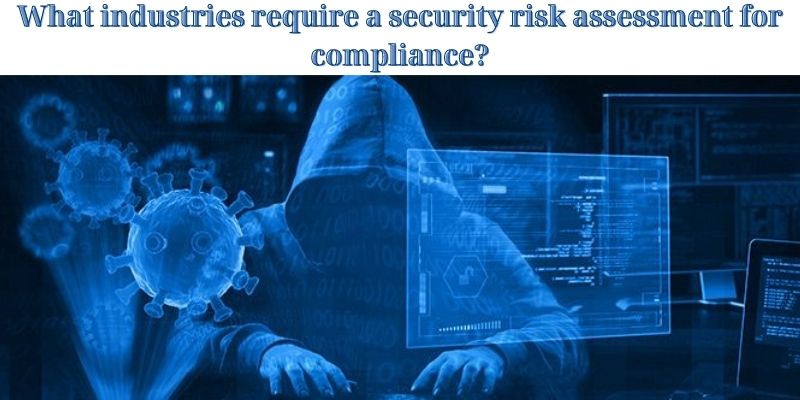Information security risk assessments identifies, evaluates, and implements key security measures in applications. Avoiding application security issues and vulnerabilities is also emphasized. It helps managers make wise choices regarding the use of technologies and resources, as well as the implementation of security controls. As a result, completing an evaluation is an essential element in a firm’s risk management strategy.
How does a security risk assessment work?
The size, growth pace, availability of resources, and asset portfolio are among the factors that affect how in-depth risk assessment models are. Even with time or financial constraints, an organization can nevertheless conduct thorough analyses. However, specialist analyses might not always give the precise mappings between assets, related threats, recognized risks, consequences, and mitigating mechanisms.
If the results of the broad evaluation don’t indicate a strong enough correlation between these areas, a more in-depth investigation is necessary.

- Identification. Learn about the key technological components of the infrastructure. Next, find out if these assets are creating, storing, or sending sensitive data. Make a risk profile for each.
- Assessment. Implement a plan to assess the security risks to the critical assets. After thorough evaluation and assessment, decide how to effectively and efficiently allocate time and resources toward risk mitigation. Assets, risks, vulnerabilities, and mitigating controls must be examined in relation to one another by the methodology or assessment approach.
- Mitigation. Establish security controls and a mitigation plan for each risk.
- Prevention. Implement procedures and technologies to reduce the likelihood of threats and vulnerabilities affecting the resources of your company.
What problems does a security risk assessment solve?
- Identify the resources of the company, including its servers, network, software, data centers, tools, etc.
- For each asset, create risk profiles.
- Know the different forms of data that are produced, sent, and kept by various resources.
- Identify the importance of an asset to a company’s operations. This includes the overall effects on a company’s revenue, reputation, and risk of being exploited.
- Organize assets according to the order in which you should examine them.
- Implement mitigating measures for each asset in accordance with the evaluation’s conclusions.
Realizing that a security risk assessment is a continual process is essential. It should be a regular occurrence that occurs at least twice every two years. Through continuous assessment, an organization can obtain a timely and precise snapshot of the threats and risks to which it is exposed.

At tapchiai.net , we advise yearly evaluations of key assets with a higher effect and risk potential. Numerous useful pieces of information are generated and gathered during the assessment process. Several instances include:
- Assembling a portfolio of all the current software, utilities, and tools.
- Creating documentation for security standards, guidelines, and practices.
- Assembling a database of network diagrams, system designs, data saved or sent by systems, and contacts with outside vendors or services.
- Creating a list of physical assets, such as hardware, network, and communication parts and accessories.
- Maintaining data on operating systems (such as those used by servers and PCs).Maintaining
- Information about:
- Databases, file storage, etc. are examples of data repositories.
- Current security measures, such as firewalls, intrusion detection and prevention systems, antivirus software, spam filters, network monitoring, and authentication and access control systems.
- Enforcing compliance by authorities with the minimal operational and security standards in place.
- Assets, dangers, and vulnerabilities (together with their probabilities and outcomes).
- Past technical and procedural reviews of the application, policy, network system, and other related items.
- Mapping of risk-reduction strategies to the risk of each asset.
- Information about:
What industries require a security risk assessment for compliance?
For corporate operations, the majority of companies need some amount of personally identifiable information (PII) or personal health information (PHI). Partners, customers, and clients provided this data. The following types of information are all regarded as confidential information: social security number, tax identification number, date of birth, license number, information from a passport, medical background, etc.
As a result, risk assessments should be performed by companies that produce, hold, or transport confidential data. Risk assessments are required by a number of laws, regulations, and standards. Regulatory organizations that require security risk assessments include HIPAA, PCI-DSS, the Massachusetts General Law Chapter 93H 201 CMR 17.00 regulation, the Sarbanes-Oxley Audit Standard 5, and the Federal Information Security Management Act (FISMA).

The necessity of compliance and adherence to these standards is frequently questioned by organizations. We believe that in order to comply with a common set of security rules, a business must perform a security risk assessment. controls that are put into effect and approved by these regulatory bodies.
In actuality, these controls are approved and used in numerous businesses. They give a place to assess an organization’s general security position. Governing bodies advise conducting an evaluation for any asset that contains sensitive information. Biannually, annually, or at the time of any significant release or update, assessments should be conducted.






